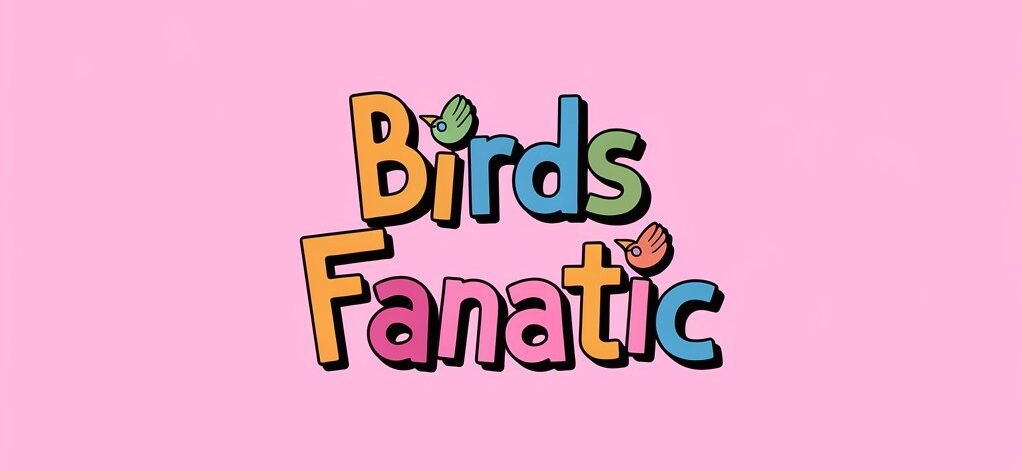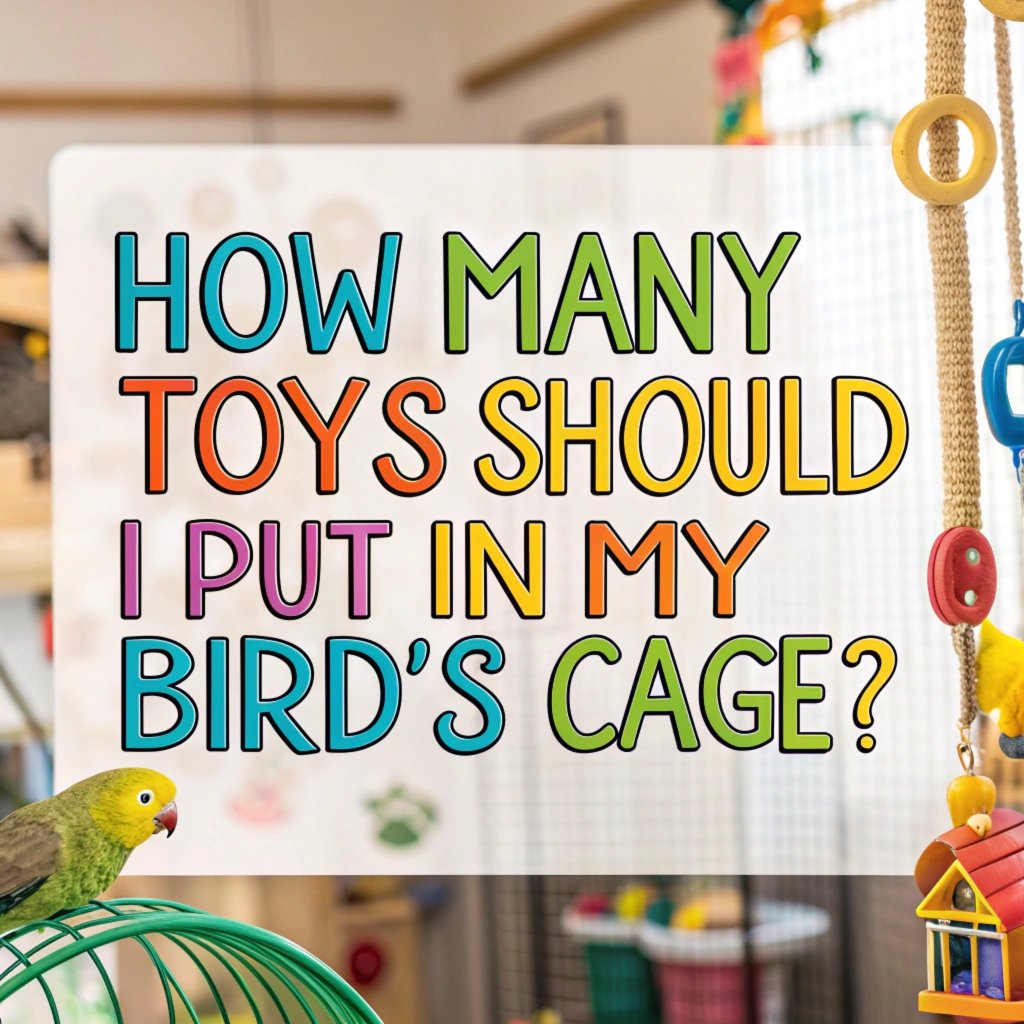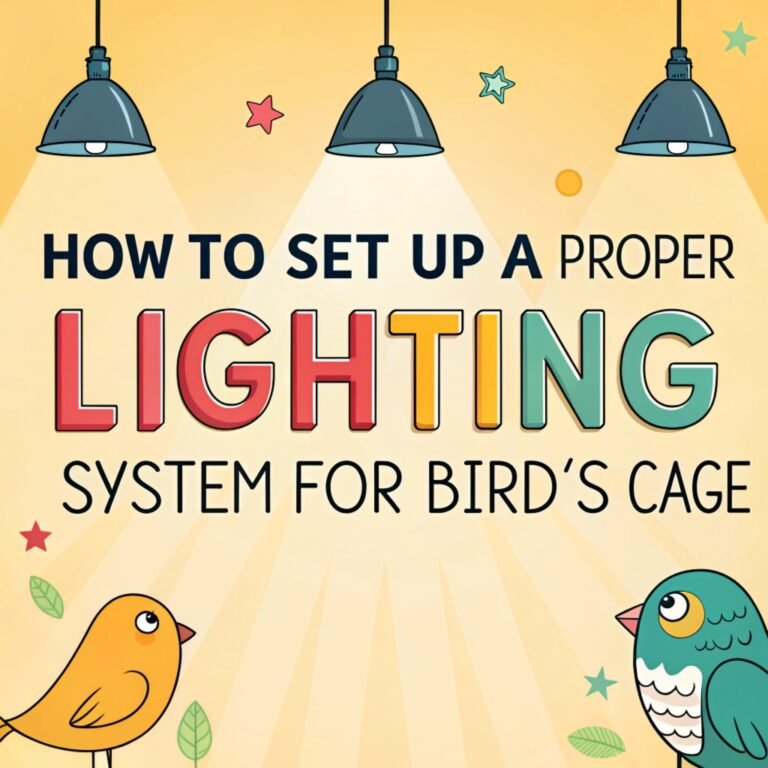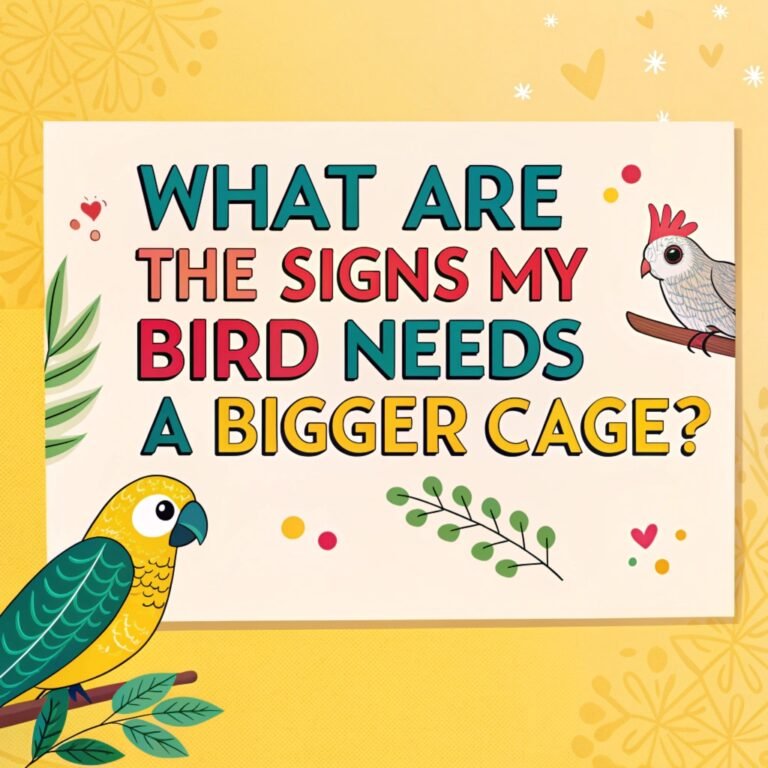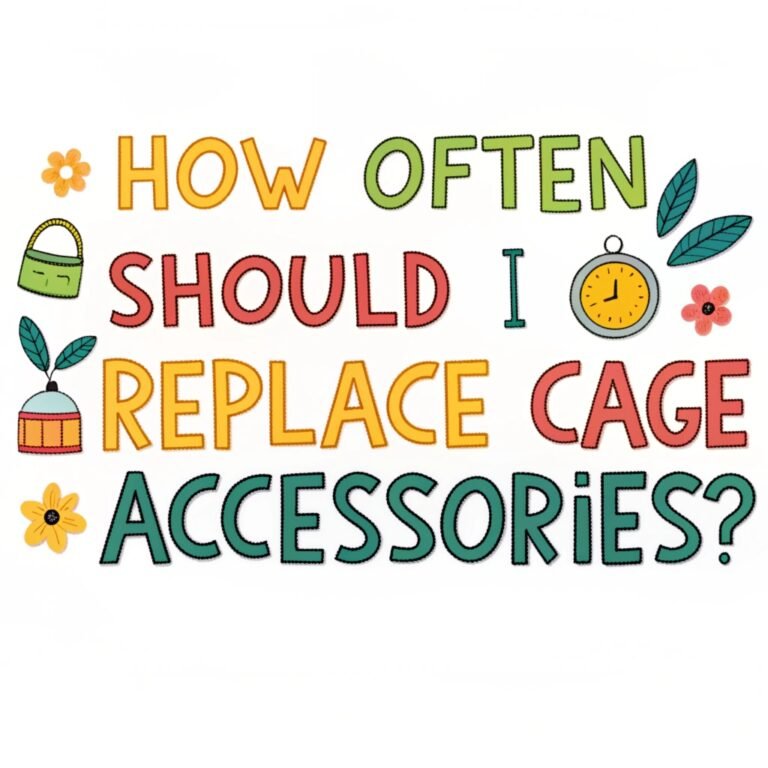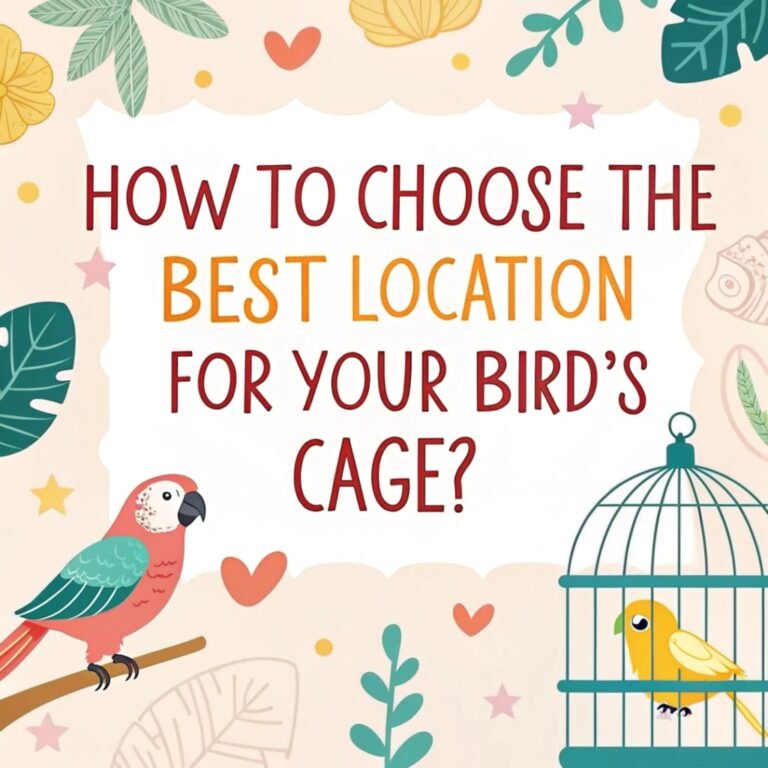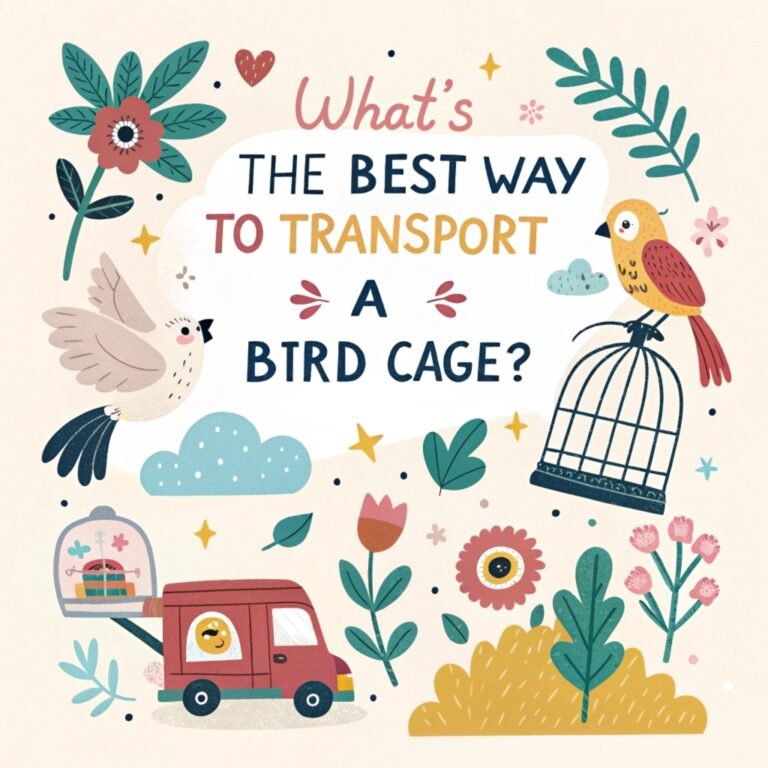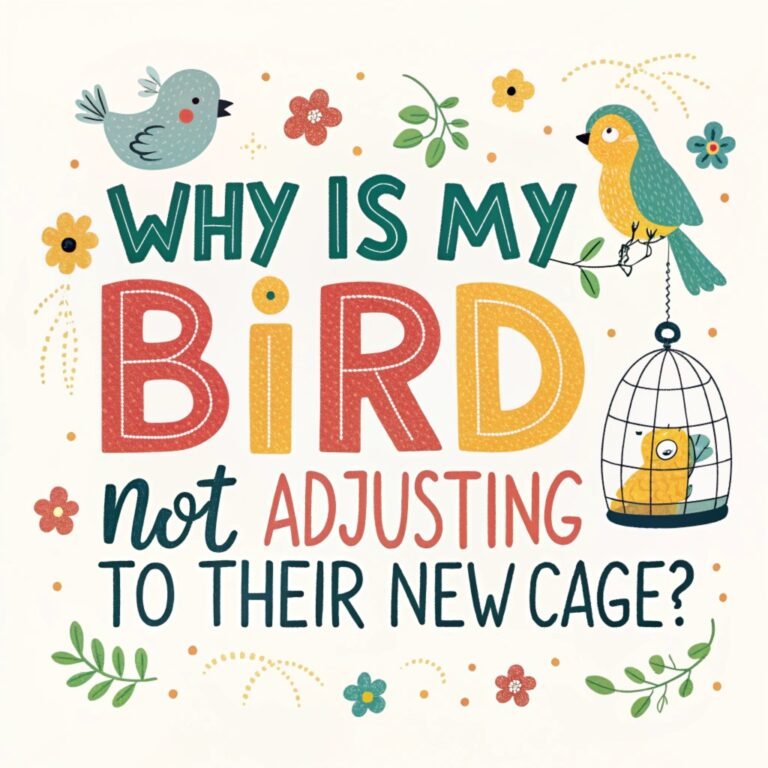How Many Toys Should I Put In My Bird’s Cage? A Comprehensive Guide
Birds are intelligent and curious creatures that thrive on mental stimulation and physical activity.
As a bird owner, you might wonder, ‘How many toys should I put in my bird’s cage?’ The answer isn’t as simple as a number—it depends on your bird’s size, species, and personality.
In this guide, we’ll explore the perfect balance of toys to keep your feathered friend entertained, healthy, and happy.
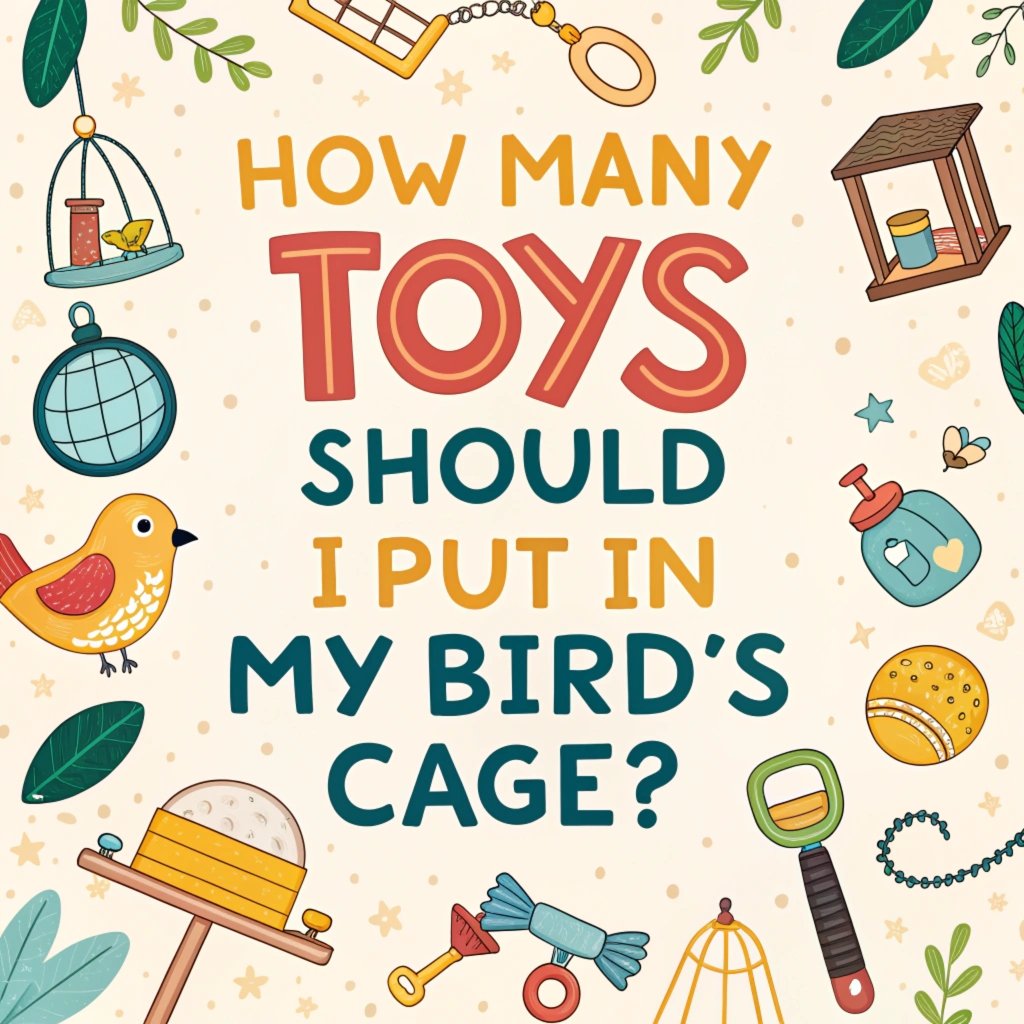
Key Takeaways
- Toy quantity depends on cage size and bird species
- A minimum of 3-4 toys is recommended for most birds
- Rotate toys regularly to maintain interest and prevent boredom
- Choose toys that are safe, durable, and appropriate for your bird’s size
- Different types of toys cater to various natural behaviors and needs
- Foraging toys are crucial for mental stimulation
- Introduce new toys gradually to avoid stress
- Observe your bird’s preferences to select the most engaging toys
- Safety should always be the top priority when choosing bird toys
- DIY toys can be a cost-effective and fun option for bird owners
- Regular cleaning and inspection of toys is essential for bird health
- Overstimulation from too many toys can be as harmful as understimulation
- Interactive toys promote bonding between birds and their owners
- Budget-friendly options are available for providing variety without breaking the bank
- Proper toy selection contributes significantly to a bird’s overall well-being
Why Toys Are Essential for Your Bird’s Well-being
Toys play a crucial role in maintaining your bird’s physical and mental health. In the wild, birds spend a significant portion of their day foraging, exploring, and interacting with their environment.
In captivity, toys serve as a substitute for these natural activities. They provide mental stimulation, help prevent boredom and destructive behaviors, and offer opportunities for exercise.
Toys also help maintain beak and nail health through chewing and climbing activities. Without adequate stimulation, birds can develop behavioral issues such as feather plucking or excessive screaming.
By providing a variety of appropriate toys, you’re not just entertaining your bird—you’re contributing to its overall well-being and helping it lead a fulfilling life in captivity.
Understanding Your Bird’s Personality and Preferences
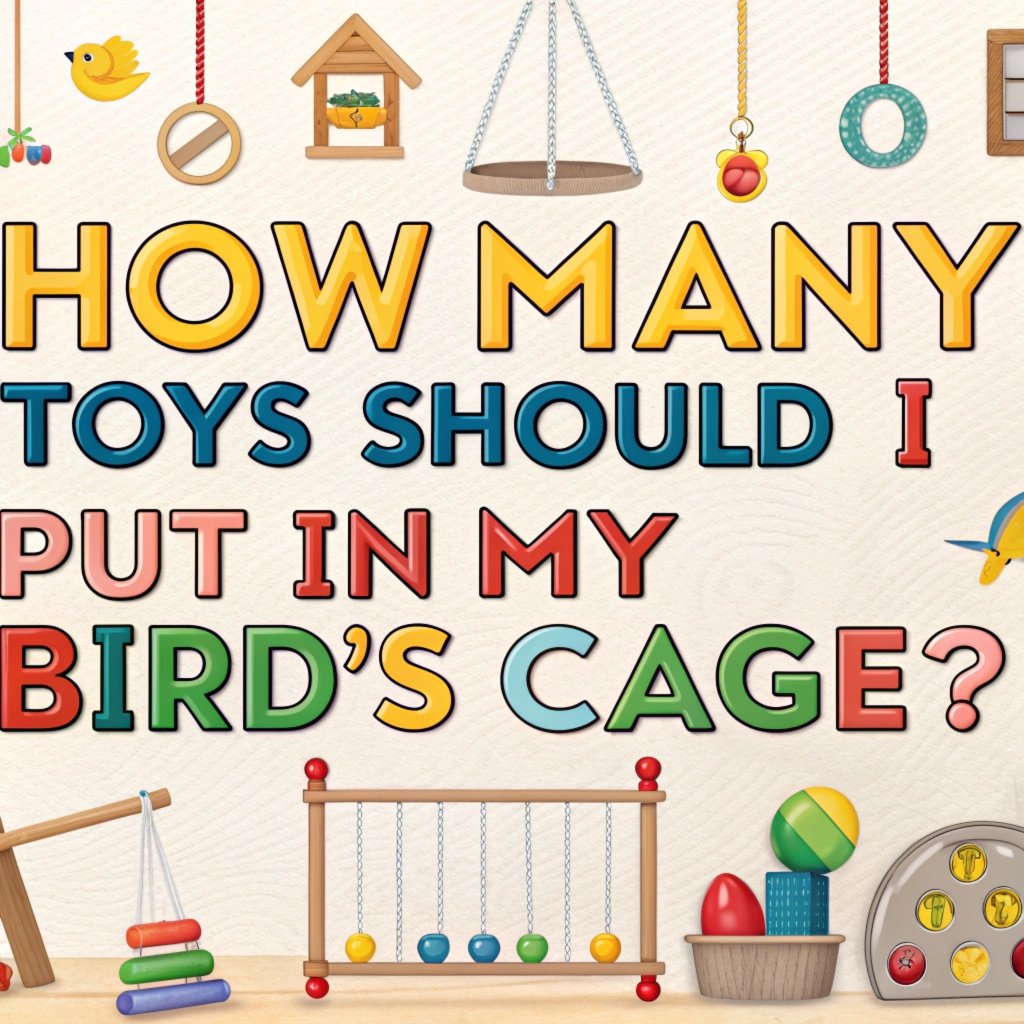
Every bird is unique, with its own personality and preferences. Some birds may be bold explorers, eagerly investigating new toys, while others might be more cautious.
Observing your bird’s behavior can provide valuable insights into its toy preferences. Does your bird enjoy chewing and destroying things? Then wooden or shreddable toys might be ideal. Is your feathered friend more active and acrobatic?
Swings and climbing toys could be a hit. Some birds love puzzles and foraging toys that challenge their problem-solving skills.
Pay attention to which toys your bird interacts with most and for how long. This information will guide you in selecting toys that your bird finds engaging and enjoyable.
Remember, a toy that one bird loves might be ignored by another, so it’s essential to tailor your toy selection to your individual bird’s preferences.
How Many Toys Should Be in a Bird’s Cage?
The ideal number of toys in a bird’s cage depends on several factors, including the cage size, bird species, and individual preferences. As a general rule, most birds benefit from having 3-4 toys in their cage at any given time.
However, this is not a strict limit. The key is to provide variety without overcrowding the cage.
For smaller birds like budgies or canaries, 3-4 toys might be sufficient, while larger parrots may enjoy more.
It’s crucial to ensure that the toys don’t obstruct the bird’s movement or access to food and water.
Rotate the toys regularly, perhaps weekly, to maintain interest. This rotation keeps the environment fresh and stimulating. Remember, quality is more important than quantity.
A few well-chosen, engaging toys are better than many ignored ones. Observe your bird’s interaction with the toys and adjust accordingly.
If your bird seems overwhelmed or disinterested, you may need to reduce the number or change the types of toys.
Factors to Consider When Choosing Bird Toys

Selecting the right toys for your bird involves considering several important factors. First, consider your bird’s size and species.
Larger birds need sturdier toys that can withstand powerful beaks, while smaller birds require lighter, more delicate options.
The material of the toy is crucial—choose non-toxic, bird-safe materials like untreated wood, stainless steel, or safe plastics.
Durability is another key factor, especially for birds that love to chew. However, remember that some destruction is normal and even necessary for beak health.
The size of the toy should be appropriate for your bird—not so small that it poses a choking hazard, but not so large that it’s intimidating.
Consider toys that cater to your bird’s natural behaviors, such as foraging or climbing. Safety is paramount—avoid toys with small parts that could be swallowed, or ropes that could entangle your bird.
Lastly, think about variety—different types of toys (chewing, foraging, puzzle toys) can provide a well-rounded play experience for your feathered friend.
The Importance of Rotating Bird Toys Regularly
Rotating bird toys is a crucial aspect of maintaining a stimulating environment for your feathered friend. Birds, like humans, can get bored with the same toys day after day.
By regularly changing the toys in their cage, you keep their environment fresh and exciting. This practice helps prevent behavioral issues that can arise from boredom, such as feather plucking or excessive screaming.
Aim to rotate toys weekly or bi-weekly, depending on your bird’s interest levels. When you remove a toy, clean it thoroughly before storing it away.
This rotation system also allows you to inspect toys for wear and tear, ensuring they remain safe for your bird. Introduce new toys gradually, perhaps one at a time, to avoid overwhelming your bird.
Some birds may be wary of new objects, so patience is key. By observing which toys your bird gravitates towards during rotations, you can better understand their preferences and make more informed choices for future toy purchases.
Types of Toys That Birds Love
Birds enjoy a wide variety of toys that cater to their natural instincts and behaviors. Foraging toys are essential, as they mimic the natural food-seeking behavior of birds in the wild.
These can include puzzle feeders, treat-dispensing balls, or simple paper bags filled with treats. Chewing toys are crucial for beak health and satisfy a bird’s natural urge to chew.
These can be made of wood, leather, or safe plastics. Climbing toys like ropes, ladders, and swings provide physical exercise and entertainment.
Sound toys such as bells or rattles can be engaging, especially for more vocal species. Preening toys with soft materials allow birds to engage in natural grooming behaviors.
Shredding toys made of paper or cardboard are great for birds that enjoy tearing things apart.
Interactive toys that require problem-solving skills can provide mental stimulation. Remember to choose toys appropriate for your bird’s size and species, and always supervise play to ensure safety.
Safety Tips for Bird Toys in the Cage
Ensuring the safety of your bird when it comes to toys is paramount. Always inspect toys before introducing them to your bird’s cage. Look for any sharp edges, loose parts, or small pieces that could be swallowed.
Avoid toys with toxic materials or paints—stick to bird-safe, non-toxic options. Be cautious with rope toys, as frayed strings can entangle your bird’s feet or neck.
Regularly check rope toys for wear and replace them if they start to fray. Size matters—toys should be appropriate for your bird’s size to prevent choking hazards.
Monitor your bird’s interaction with new toys to ensure they’re using them safely. Remove any toys that show signs of excessive wear or damage.
Be wary of toys with mirrors, as some birds can become overly attached or aggressive towards their reflection.
Avoid toys with loops or chains large enough for your bird to get caught in. Clean toys regularly to prevent the buildup of bacteria.
By following these safety guidelines, you can provide a fun and secure environment for your feathered friend to play and explore.
DIY Bird Toys: Creative Ideas for Your Feathered Friend
Creating DIY bird toys can be a fun and cost-effective way to keep your feathered friend entertained. Start with safe, bird-friendly materials like untreated wood, paper, cardboard, and stainless steel items.
A simple foraging toy can be made by filling a paper bag with treats and crumpling it up. Wooden blocks with holes drilled in them can be strung together to create a chewing toy.
Old phone books or catalogs make excellent shredding toys. Create a puzzle toy by hiding treats in a muffin tin covered with paper cups.
Popsicle sticks can be woven together to form a destructible ladder. Use natural materials like pine cones (properly cleaned and dried) as foraging toys by stuffing them with treats.
Always ensure your DIY toys are free from harmful substances and don’t have small parts that could be swallowed.
Supervise your bird with new toys to ensure they’re playing safely. DIY toys allow you to tailor the toys to your bird’s preferences and provide a constantly changing array of entertainment options.
How to Introduce New Toys to Your Bird
Introducing new toys to your bird requires patience and a gradual approach. Some birds can be wary of new objects in their environment. Start by placing the new toy outside the cage where your bird can see it but not interact with it.
This allows your bird to become familiar with the toy’s presence. After a day or two, move the toy closer to the cage.
If your bird shows interest and no signs of fear, you can then place the toy inside the cage. Always supervise your bird’s first interactions with a new toy.
If your bird seems hesitant, try interacting with the toy yourself to show that it’s safe and fun. You can also try attaching a treat to the new toy to encourage exploration.
Never force your bird to interact with a new toy—let them approach it in their own time. If your bird shows signs of stress or fear, remove the toy and try again later.
Remember, each bird is unique, and some may take longer to warm up to new toys than others. The key is to make the introduction a positive experience for your feathered friend.
Signs Your Bird Needs More Toys
Recognizing when your bird needs more stimulation through toys is crucial for their well-being. Watch for signs of boredom or restlessness, such as excessive screaming, pacing, or feather plucking.
If your bird seems to ignore its current toys or has destroyed them all, it might be time for some new options. Increased aggression or destructive behavior towards cage furnishings can also indicate a need for more engaging toys.
Pay attention if your bird spends a lot of time sleeping during the day or appears lethargic—this could mean they’re not getting enough mental stimulation.
Some birds may start overgrooming when bored, leading to bald patches. If your bird seems overly clingy or demands constant attention, it might benefit from more independent play options.
Repetitive behaviors like head bobbing or foot tapping can also signal boredom. Remember, a happy, well-stimulated bird is active, curious, and engages with its environment.
If you notice any of these signs, consider introducing new toys or rotating existing ones more frequently to keep your feathered friend mentally and physically engaged.
Common Mistakes to Avoid When Selecting Bird Toys
When choosing toys for your bird, it’s important to be aware of common pitfalls that many bird owners encounter. One frequent mistake is selecting toys based on human preferences rather than the bird’s needs.
Just because a toy looks cute or interesting to you doesn’t mean it will appeal to your bird. Another error is choosing toys that are too large or small for your bird’s species, which can lead to frustration or safety issues.
Some owners make the mistake of not providing enough variety, sticking to one type of toy when birds benefit from a range of stimuli.
Overlooking safety is a critical error—always check for small parts, toxic materials, or designs that could trap or injure your bird. Many people forget to rotate toys, leading to boredom.
Introducing too many new toys at once can overwhelm some birds. Ignoring your bird’s preferences is another mistake—pay attention to which toys your bird enjoys and which it ignores.
Some owners underestimate the importance of foraging toys, which are crucial for mental stimulation. Lastly, neglecting to clean toys regularly can lead to health issues.
By avoiding these common mistakes, you can ensure a safe, stimulating environment for your feathered friend.
The Role of Foraging Toys in Mental Stimulation
Foraging toys play a crucial role in providing mental stimulation for captive birds. In the wild, birds spend a significant portion of their day searching for food, and foraging toys help replicate this natural behavior in captivity.
These toys challenge your bird’s problem-solving skills and keep their mind active. Foraging toys can be as simple as hiding treats in crumpled paper or as complex as puzzle feeders that require multiple steps to access food.
By using foraging toys, you’re not just feeding your bird—you’re engaging their mind and preventing boredom. This mental stimulation is essential for preventing behavioral issues that can arise from lack of activity.
Foraging toys also encourage physical activity as birds manipulate objects to reach their treats. They can help reduce stress and anxiety by providing a productive outlet for your bird’s energy.
When introducing foraging toys, start with simple designs and gradually increase the difficulty as your bird becomes more adept.
Remember to rotate foraging toys regularly to maintain interest. By incorporating foraging toys into your bird’s daily routine, you’re contributing significantly to their mental health and overall well-being.
Interactive Toys: Keeping Your Bird Engaged
Interactive toys are excellent tools for keeping your bird mentally stimulated and physically active.
These toys often require your bird to manipulate objects or solve puzzles to receive a reward, mimicking the problem-solving behaviors they would engage in in the wild.
Examples include treat-dispensing balls, puzzle feeders, and toys with movable parts. Interactive toys not only provide entertainment but also promote learning and cognitive development.
They can help strengthen the bond between you and your bird when you play together. Some interactive toys make sounds or have mirrors, which can be particularly engaging for certain species.
When selecting interactive toys, consider your bird’s size and skill level—start with simpler toys and gradually introduce more complex ones as your bird’s abilities improve.
Rotate these toys regularly to maintain interest. Remember, while interactive toys are great for independent play, they shouldn’t replace social interaction with you.
Use these toys as a way to engage with your bird, praising them when they figure out a puzzle or offering treats as rewards.
This positive reinforcement can make playtime even more enjoyable for your feathered friend.
How to Maintain a Clean and Safe Toy Environment
Maintaining a clean and safe toy environment is crucial for your bird’s health and well-being. Regularly inspect all toys for signs of wear, damage, or potential hazards. Clean toys frequently—daily for food-related toys and weekly for others.
Use a bird-safe disinfectant or a mixture of vinegar and water for cleaning. Rinse thoroughly and ensure toys are completely dry before returning them to the cage.
Replace any toys that show signs of excessive wear or damage. Be particularly vigilant with rope or fabric toys, as frayed fibers can pose a danger.
Rotate toys regularly not just for stimulation, but also to allow for thorough cleaning of each toy. When introducing new toys, wash them first to remove any manufacturing residues.
Avoid overcrowding the cage with toys—ensure there’s enough space for your bird to move freely. Position toys carefully to prevent them from contaminating food or water dishes.
FAQs
How often should I replace my bird’s toys?
You should inspect toys regularly for wear and tear, replacing them when they become damaged or worn. As a general rule, rotate toys every 1-2 weeks to maintain interest, and replace chew toys or destructible toys as they are consumed.
Can I use human baby toys for my bird?
While some baby toys might be safe, many contain materials or small parts that could be harmful to birds. It’s best to stick with toys specifically designed for birds or make DIY toys using bird-safe materials.
My bird seems afraid of new toys. What should I do?
Introduce new toys gradually. Place the toy outside the cage first, then slowly move it closer over several days. Interact with the toy yourself to show it’s safe. If your bird remains fearful, try a different type of toy.
Are mirror toys good for birds?
Mirror toys can be controversial. Some birds enjoy them, but others may become obsessed or aggressive towards their reflection. It’s best to use mirrors sparingly and observe your bird’s reaction.
How can I tell if my bird likes a toy?
Observe your bird’s behavior. If they interact with the toy frequently, show curiosity, or play with it for extended periods, it’s likely a hit. If they ignore or avoid the toy, they may not be interested.
Is it okay to leave toys in the cage overnight?
Generally, yes, but remove any toys that make noise or have lights to ensure your bird gets proper rest. Always ensure toys are securely fastened and can’t fall on your bird during the night.
Can I make my own bird toys?
Absolutely! DIY toys can be safe and cost-effective. Just ensure all materials are bird-safe, non-toxic, and appropriate for your bird’s size and species.

Hello, I’m Amelia White, the founder of birdsfanatic.com. As a lifelong bird enthusiast and spiritual seeker, I’ve always been fascinated by the mystical connections between birds and the human experience. On this site, I share my knowledge and insights into the symbolic meanings and spiritual significance of various bird species, exploring their roles in mythology, folklore, and cultural traditions. Join me on this journey into the world of birds, where we’ll discover the hidden wisdom and guidance that these magnificent creatures have to offer.
